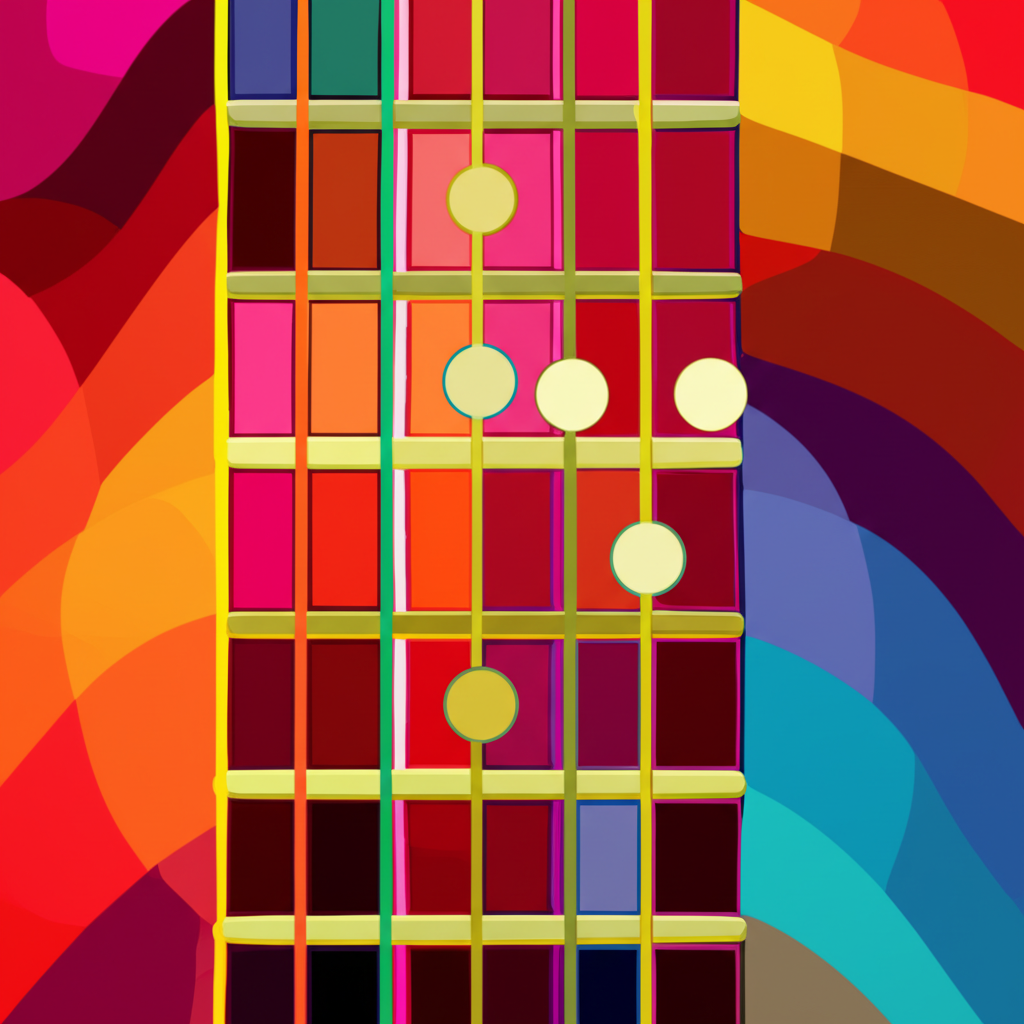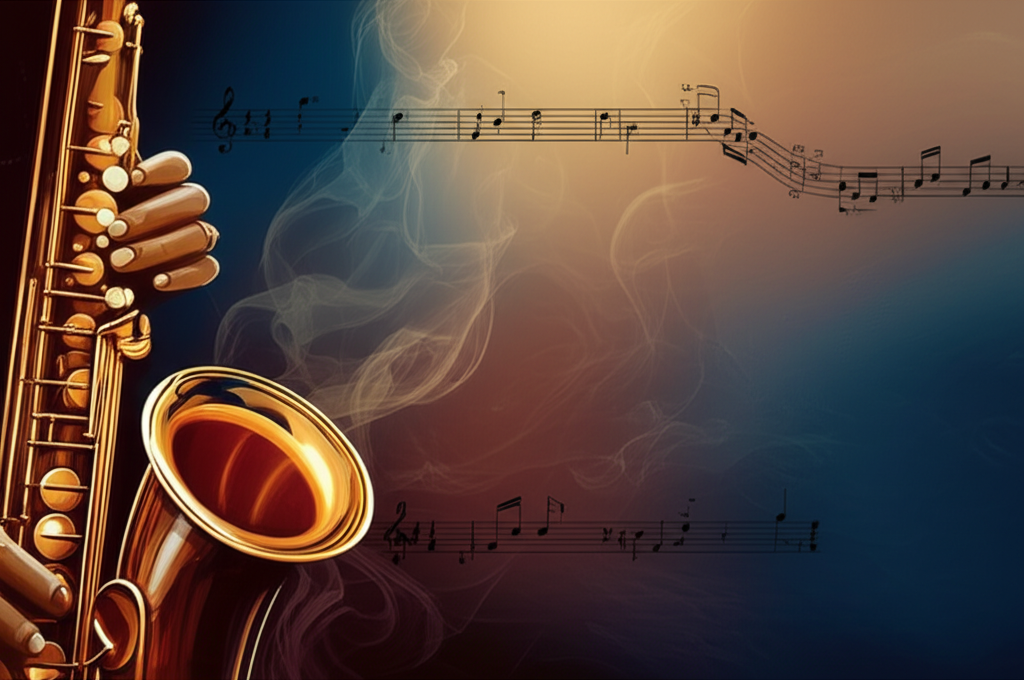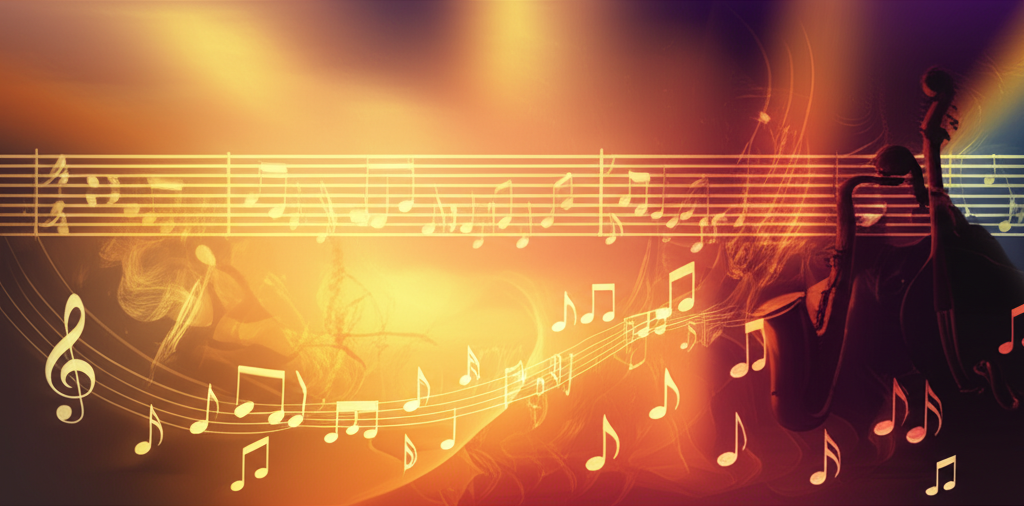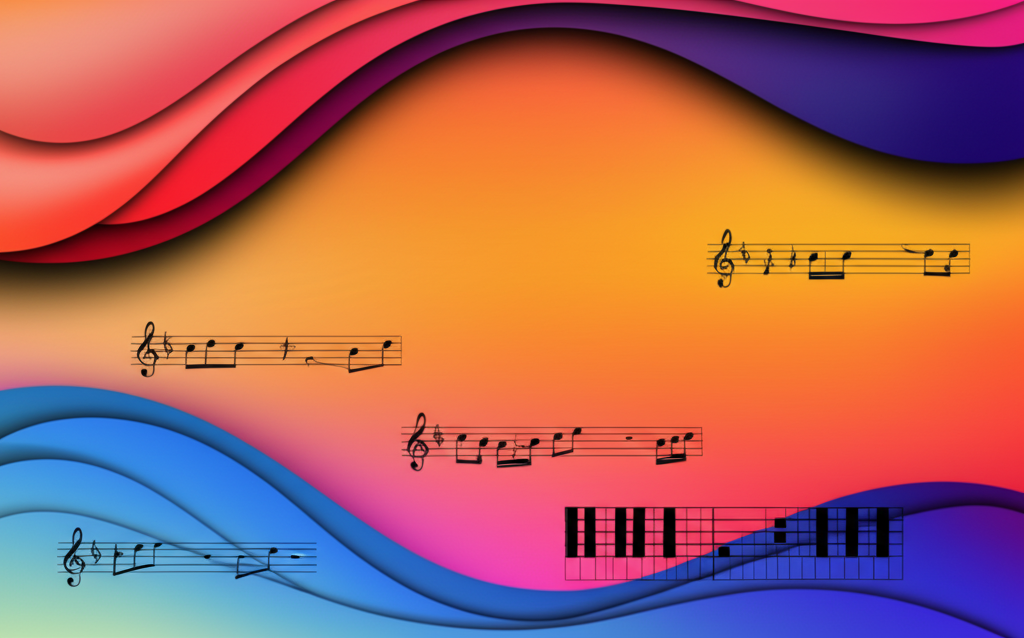
Altered Scale: The Ultimate Jazz Dominant Scale

b4n1
June 14, 2025, 7:04 p.m.
Altered Scale: The Ultimate Jazz Dominant Scale
Summary:
The altered scale, also known as the super locrian scale or altered dominant scale, is a seven-note scale that contains all possible alterations of a dominant chord. This sophisticated scale is essential in modern jazz for creating tension and color over dominant chords, particularly in bebop and post-bop styles.
Keywords:
altered scale, super locrian, altered dominant, jazz improvisation, bebop, chord alterations, dominant tension, melodic minor
Introduction:
The altered scale represents one of the most sophisticated and colorful scales in jazz theory. Born from the seventh mode of the melodic minor scale, it provides improvisers with a wealth of altered tensions that can transform ordinary dominant chords into complex, modern-sounding harmonies. This scale became particularly important during the bebop era and remains a cornerstone of contemporary jazz improvisation.
Scale Construction:
The altered scale is built using the formula: 1-♭2-♯2(♭3)-3-♯4(♭5)-♯5(♭6)-♭7. This construction includes both the ♭9 and ♯9, both the ♯11(♭5) and ♯5, creating maximum harmonic tension and color. It is the seventh mode of the melodic minor scale, meaning C altered scale uses the same notes as D♭ melodic minor.
C Altered Scale:
The complete altered scale showing all available tensions:
Harmonic Analysis:
The altered scale contains every possible alteration available in a dominant chord: ♭9, ♯9, ♯11, and ♭13 (♯5). This makes it the ultimate choice for creating maximum tension over dominant chords, particularly when they resolve to minor tonics or in situations where extreme harmonic color is desired.
Available Tensions:
- ♭9 (D♭): Dark, minor second tension
- ♯9 (D♯): Bright, major second tension
- ♯11 (F♯): Tritone substitution color
- ♭13/♯5 (G♯): Augmented fifth tension
Melodic Minor Relationship:
Seventh Mode Connection:
C altered scale is the seventh mode of D♭ melodic minor:
Practical Applications:
The altered scale is most commonly used over dominant chords that resolve to minor tonics, V7alt-i progressions, and in situations where maximum harmonic tension is desired. It is particularly effective in bebop, hard bop, and modern jazz contexts where sophisticated harmonic language is expected.
Common Usage Contexts:
- V7alt to i: G7alt resolving to Cm
- Tritone Substitutions: Enhanced color on ♭II7 chords
- Modal Interchange: Borrowed dominants from minor
- Jazz Standards: Modern reharmonizations
Historical Development:
The altered scale gained prominence during the bebop era of the 1940s when musicians like Charlie Parker and Dizzy Gillespie began exploring more sophisticated harmonic language. The scale became codified in jazz education during the 1960s and 1970s, particularly through the work of theorists like George Russell and jazz educators who systematized modal approaches to improvisation.
Famous Applications:
Notable Musicians and Usage:
- Charlie Parker: Pioneered altered tensions in bebop
- John Coltrane: Used extensively in Giant Steps changes
- Bill Evans: Incorporated into impressionistic harmonies
- Keith Jarrett: Modern applications in solo piano
Improvisation Techniques:
Melodic Patterns:
Common melodic approaches using the altered scale:
Chord-Scale Relationships:
The altered scale works over various dominant chord types including 7alt, 7♭9, 7♯9, 7♯11, 7♭13, and combinations thereof. The scale provides all the altered tensions simultaneously, making it a comprehensive choice for maximum harmonic sophistication.
Compatible Chord Symbols:
- C7alt: General altered dominant
- C7♭9♯11: Specific alterations
- C7♯9♭13: Alternative combinations
- C7♭9♯9♯11♭13: All alterations
Ear Training and Recognition:
The altered scale has a distinctive sound characterized by extreme chromaticism and harmonic tension. Its unique combination of altered intervals creates a sound that is both dissonant and colorful, requiring careful ear training to use effectively in improvisation.
Characteristic Sounds:
- ♭9 to root: Dark, descending half-step
- ♯9 to 3rd: Bright resolution
- ♯11 to 5th: Tritone tension
- ♭13 to 5th: Augmented quality
Practice Strategies:
Development Exercises:
Systematic approach to learning the altered scale:
Modern Applications:
Contemporary jazz musicians continue to find new applications for the altered scale, using it in fusion contexts, modern jazz compositions, and even in rock and pop music where sophisticated harmonic language is desired. The scale remains relevant in all styles that embrace complex harmony.
Fun Facts:
The altered scale is sometimes called the "diminished whole-tone scale" because it contains elements of both the diminished and whole-tone scales. Despite its complex name and construction, the scale actually follows a simple pattern when understood as the seventh mode of melodic minor. Many jazz musicians discover this scale intuitively before learning its theoretical construction, simply because it sounds "right" over altered dominant chords.
Voice Leading Considerations:
Smooth Resolution Patterns:
How altered scale tones resolve to the following chord:
Conclusions:
The altered scale represents one of the most sophisticated tools available to jazz improvisers, offering maximum harmonic color and tension over dominant chords. Its systematic inclusion of all possible alterations makes it both comprehensive and practical for creating modern jazz sounds. While challenging to master, the altered scale is essential for any serious jazz musician seeking to develop a sophisticated harmonic vocabulary. Understanding this scale opens doors to advanced jazz concepts and provides the foundation for exploring other aspects of contemporary jazz theory and improvisation.
References:
Russell, George. (1959). The Lydian Chromatic Concept. Concept Publishing.
Levine, Mark. (1995). The Jazz Theory Book. Sher Music Co.
Parker, Charlie. (1950). Charlie Parker Omnibook. Atlantic Music.
Coltrane, John. (1960). Giant Steps. Atlantic Records.










